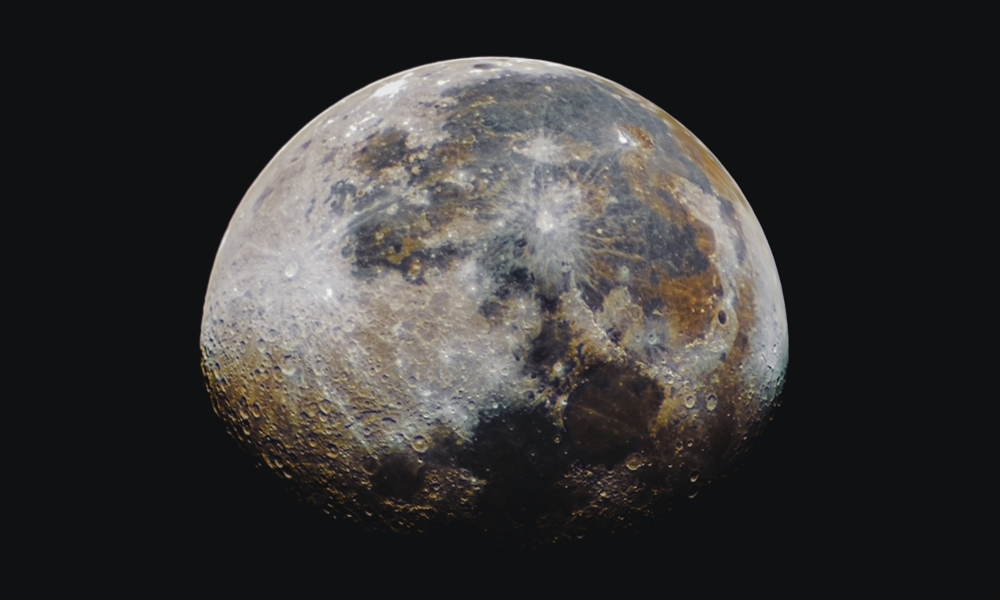
ESA Open Invitation to Tender AO10633
Open Date: 01/03/2021
Closing Date: 28/04/2021 13:00:00
Status: ISSUED
Reference Nr.: 20.1TI.33
Prog. Ref.: OP-Other Act. Prod.
Budget Ref.: E/0534-05A – OP-Other Act. Prod.
Special Prov.: AT+BE+CH+CZ+DE+DK+ES+FR+GB+GR+HU+IE+IT+LU+NL+NO+PL+PT+RO+SE+CA
Tender Type: C
Price Range: > 500 KEURO
Products: Satellites & Probes / Optical Communication / Optical Comm. / Optical terminals
Technology Domains: Optics / Optical Equipment and Instrument Technology / Optical Communications
Establishment: ESTEC
Directorate: Directorate Telecom & Integrated Applica
Department: Telecom Technologies,Product&Systems Dep
Division: Institutional and European Programme Off
Contract Officer: Ferreol, Audrey
Industrial Policy Measure: N/A – Not apply
Last Update Date: 01/03/2021
Update Reason: Tender issue
Objective: To develop technologies and to demonstrate a reliable optical communication uplink from an optical ground station to a geostationary satellite. Targeted Improvements: First ever demonstration that reliable optical feeder uplinks to telecommunication satellites in GEO are feasible. Description: Optical communication promises the possibility to transmit virtually unlimited amounts ofdata from optical ground stations (OGS) to future telecommunication satellites, without the need for licensing. However optical communication is facing two main problems, cloud coverage and atmospheric turbulence. While cloud coverage can be mastered by OGS redundancy (placing multiple OGS in meteorologically uncorrelated locations meaning >500 km apart), the atmospheric turbulence problem on the uplink has not been mastered yet. The reason being that the orbital motion of a spacecraft (S/C) requires a small angular split between the transmitted and the received communication beams. This angular split, called point ahead angle (PAA), is tiny (about 4 arcsec), but it prevents deriving reliably wave-front distortions on the uplink from probing the wave-front distortions on the downlink. The result of this is that the uplink beam cannot be pre-compensated and that the quality of service on the uplink becomes extremely bad and unreliable. The uplink beam experiences extreme intensity fluctuation when received at the spacecraft as well as outages that can last several milliseconds. It is impossible to base a reliable telecom service on such a poor channel quality. This activity will therefore implement technologies that enable the probing of the wave-front distortions on the uplink and their compensation by transmit beam pre-distortion. One possibility to perform accurate probing of uplink wave-front distortions might be launchinga small secondary S/C, which is trailing the telecommunication satellite along its orbital arc in a distance that corresponds to the PAA. The secondary S/C would then transmit a beacon signal towards the OGS to enable accurate wave-front probing. Unfortunately,such a solution is neither economically nor ecologically viable. Another possibility, which shall be developed in this activity, istheuse of a technology that was initially developed by the US MoD and that is widely used by astronomers to correct for atmospheric wave-front distortions, namely the creation of an artificial Sodium guide star in a tiny distance away from the telecommunication satellite that corresponds to the PAA. This activity will develop and demonstrate reliable turbulence mitigation techniques for GEO optical feeder links under continuous (24/7) day and night-time operation. It will perform a long-term test campaign with an opticalcommunication terminals on a telecommunication satellite (e.g. Alphasat) to determine the achievable link performance and reliability invarying atmospheric turbulence conditions throughout the year.
If you wish to access the documents related to the Invitation to Tender, you have to log in to the ESA Portal.
